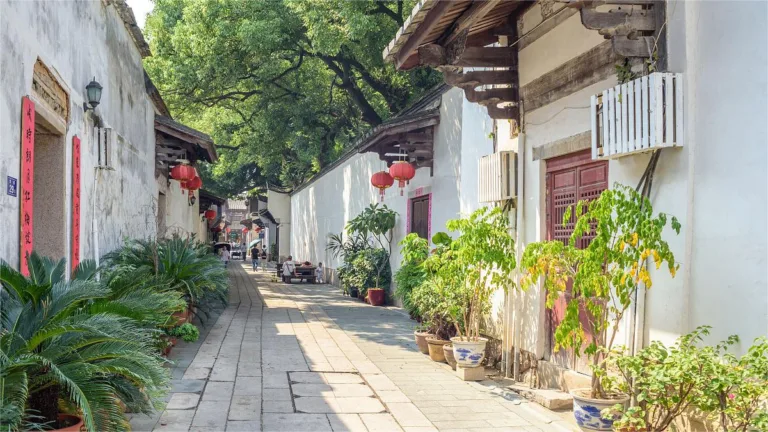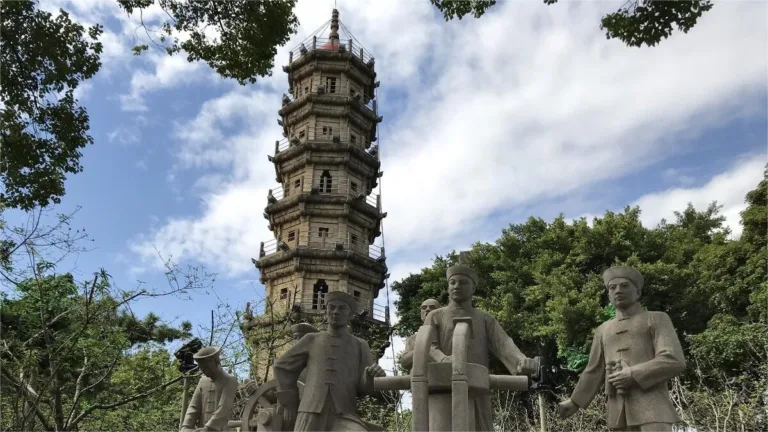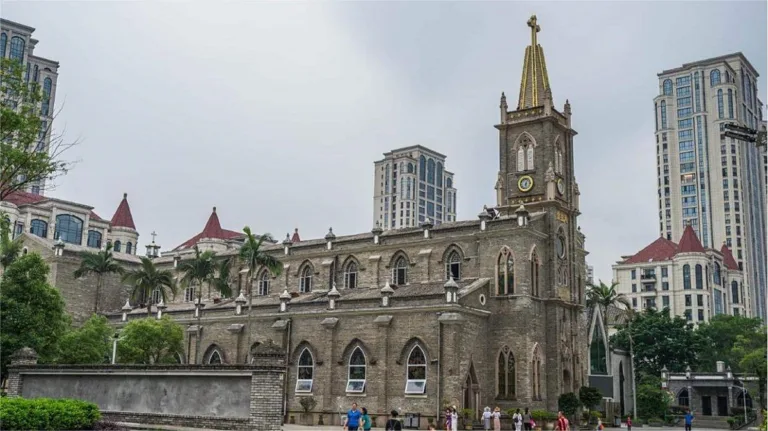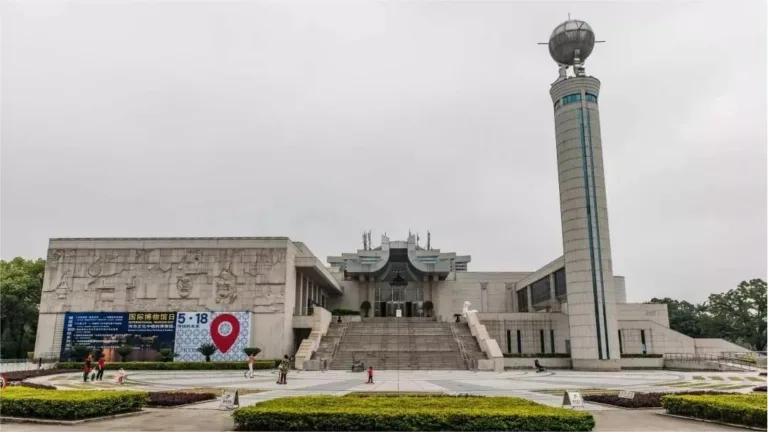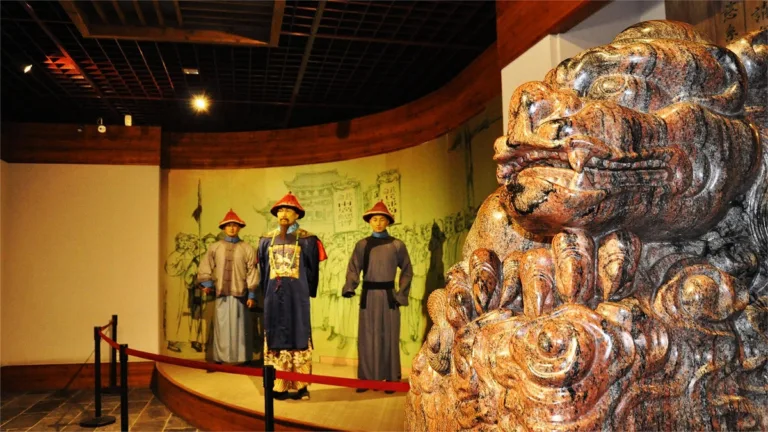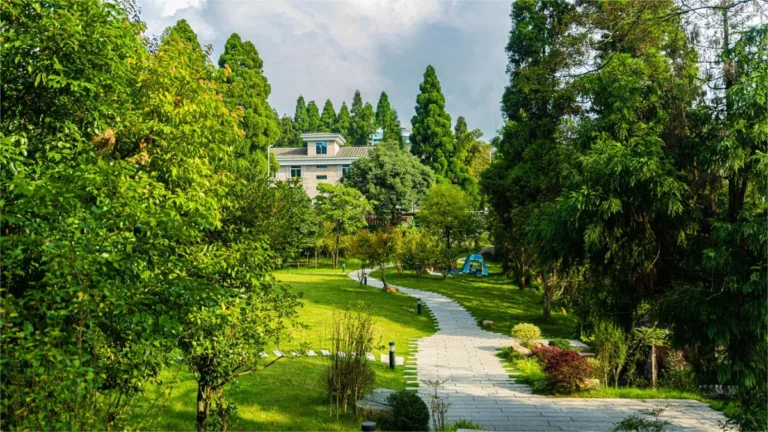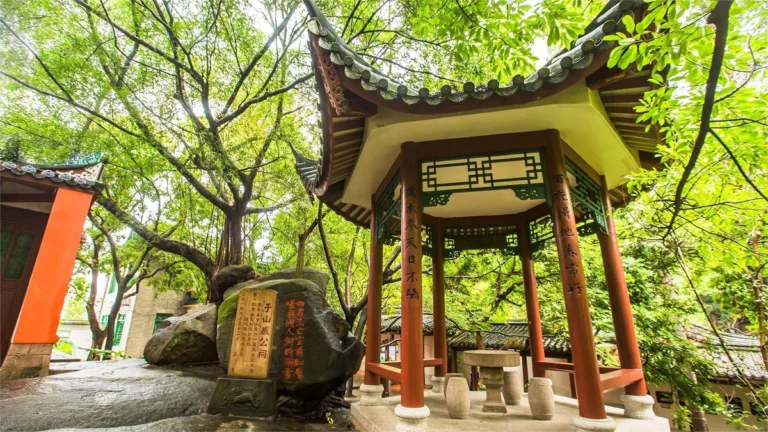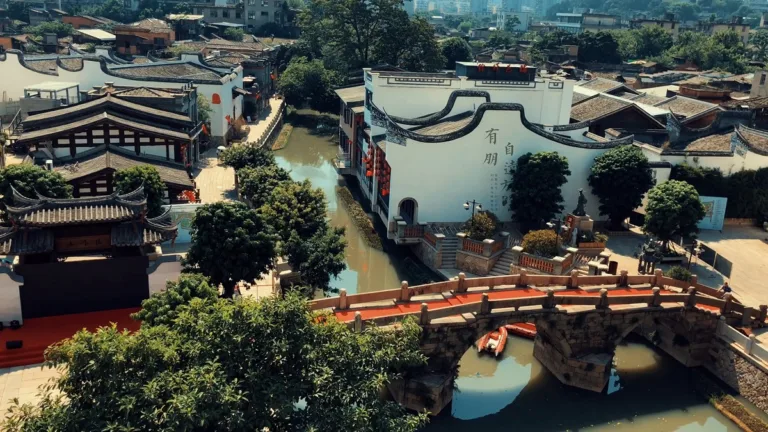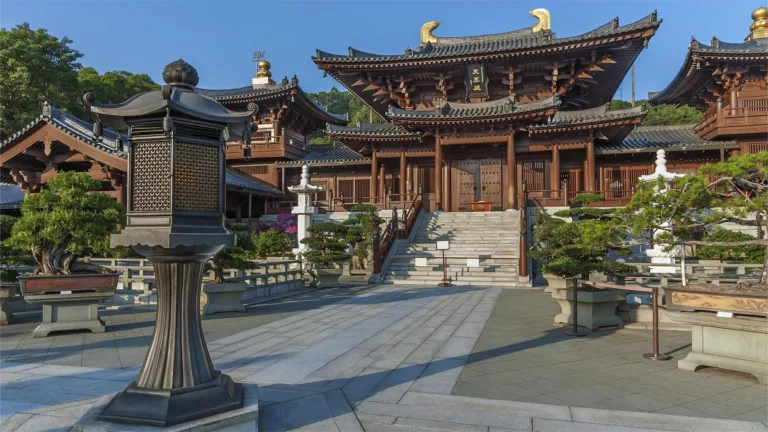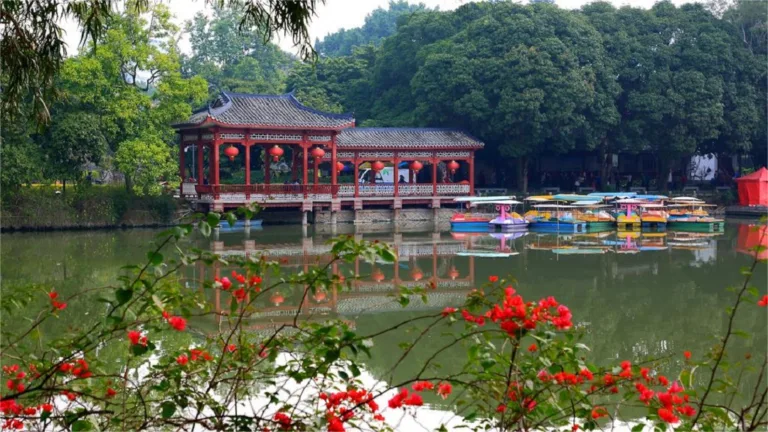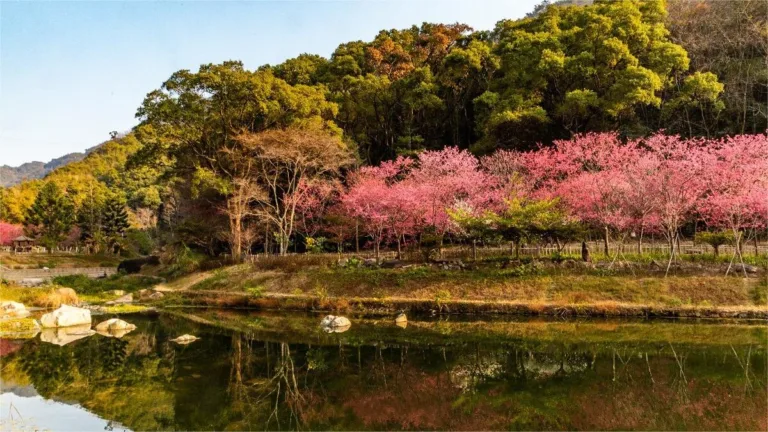Fuzhou Travel Guide
Fuzhou is a city deeply intertwined with the passage of time. History has left its vibrant mark here, evident in the sprawling banyan trees that have withstood centuries of change. Their twisted branches stretch skyward, casting cool, dappled shadows where locals gather to relax and chat, under trees that have witnessed the city’s evolution.
Walking on the stone-paved roads of Sanfang Qixiang (Three Lanes and Seven Alleys), you can see time’s imprint in the intricately carved window lattices and the austere yet dignified saddle walls. Climbing up Luoxing Tower offers a panoramic view of the Min River flowing steadily below, with seabirds gliding across the sky, narrating the legend of the “Chinese Tower.” On Gushan Mountain, the ancient Yongquan Temple nestles deep within the forest, with its thousand-year-old heritage harmonizing with the unchanging natural beauty.
The best time to visit Fuzhou is during the autumn and winter months, from October to February, when the weather is sunny, the trees remain evergreen, and the city exudes a southern charm. This period is particularly inviting for northern visitors, offering warm sunshine and enticing hot springs. Fuzhou experiences spring rains from March to April, frequent downpours during the May to June rainy season, and occasional typhoons from July to September, making travel during these times less ideal.

